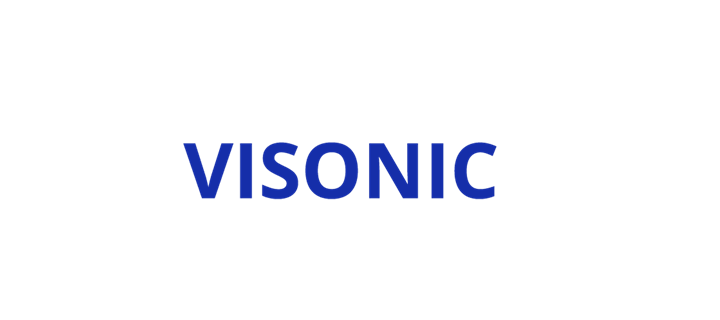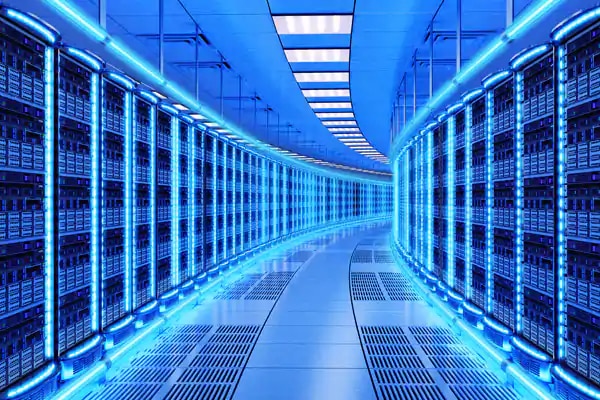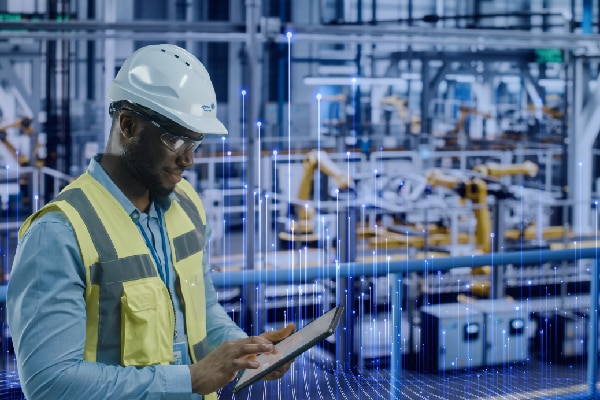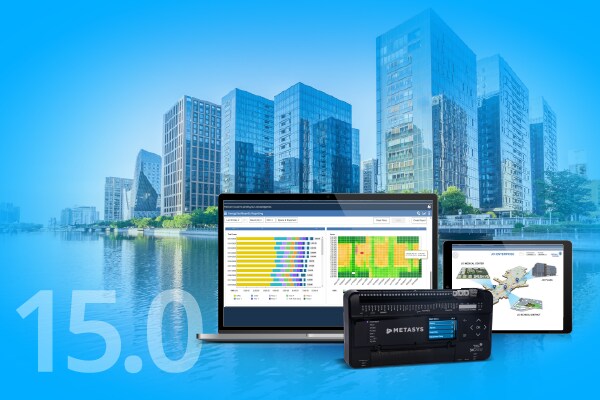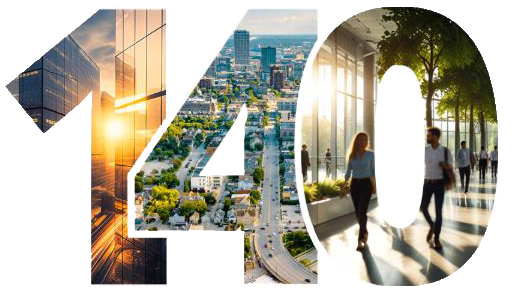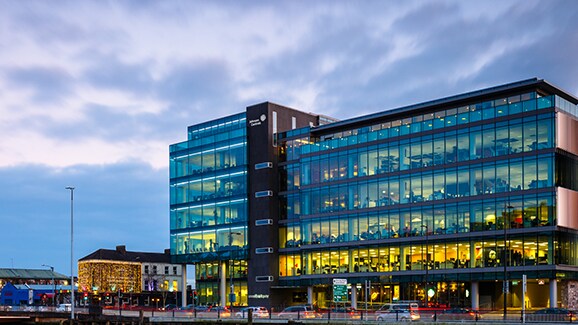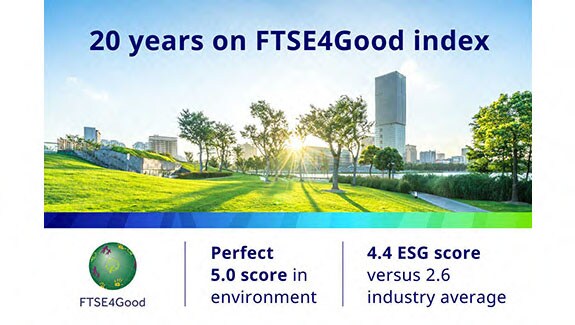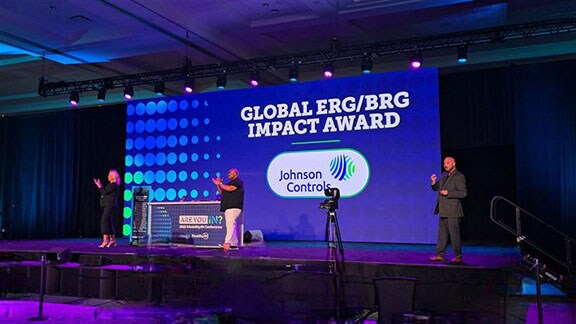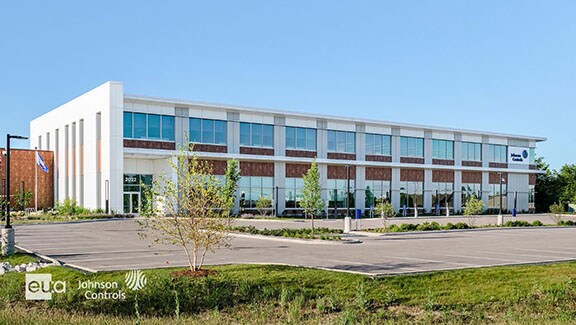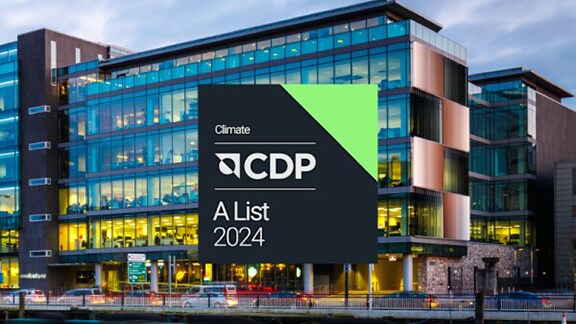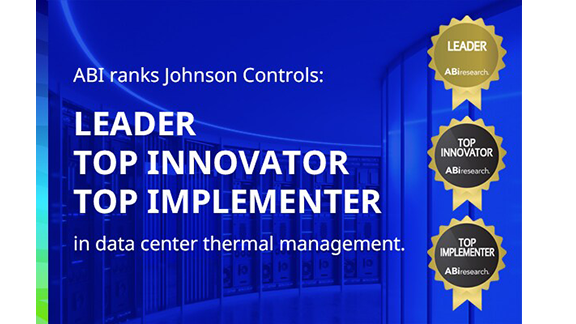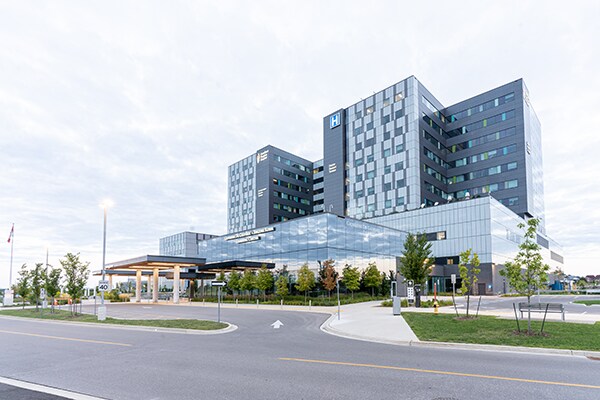- Johnson Controls
- Building Insights
Building Insights

- OpenBlue
- Thought Leadership
How data supports resilience in commercial real estate portfolios
Explore how data using OpenBlue could enhance CRE portfolio resilience. Discover potential risk mitigation, underwriting improvements and insurance advantages.
Thought Leadership

- OpenBlue
- Thought Leadership
Optimize building operations for greater efficiency
Discover how Johnson Controls OpenBlue delivers up to 155% ROI through smart building features that cut energy costs, reduce downtime, optimize space, and boost asset value ‒ based on insights from a Forrester Consulting study.

- OpenBlue
- Feature Story
3 Building Management Challenges You Shouldn’t Ignore
Discover OpenBlue by Johnson Controls—award-winning smart building ecosystem that integrates AI, IoT, and data-driven insights to optimize energy efficiency, enhance safety, and drive sustainable performance across your building portfolio.

- Thought Leadership
6 ways to bridge the IT skills gap in data center operations
The data center world is changing at almost lightning speed, with AI as the major catalyst. While this surge in the adoption of AI is increasing demand for data center capacity, it's also opening doors for innovation, efficiency and growth. Businesses are using AI to streamline operations, provide better customer experiences and create smarter products and services.
All Insights
Awards
Johnson Controls named a sustainability leader in Europe
Johnson Controls has been named to two leading sustainability rankings in Europe.
Johnson Controls included on FTSE4Good Index series
Johnson Controls has once again been included in the 2025 FTSE4Good Index Series, marking the 20th year on the prestigious list.
Johnson Controls recognized by Disability:IN
Johnson Controls was formally recognized at the 2025 Disability:IN Annual Conference & Expo.
Innovation Center achieves health, sustainability milestones
The Warren Johnson Engineering Lab (WJEL) of Johnson Controls has achieved two awards for its focus on sustainable and healthy building design and operations.
CDP 2024 Supplier Engagement Assessment A-List
Johnson Controls was among the top 450 companies selected from over 23,000 evaluated globally.
2025 Artificial Intelligence 150
Two Johnson Controls leaders have been named to an elite list of executives leading AI transformation efforts around the globe.
Katie McGinty recognized by Sustainability Magazine
Johnson Controls Vice President and Chief Sustainability and External Relations Officer Katie McGinty was profiled in Sustainability Magazine for her Lifetime of Achievement in sustainability.
2024 CDP Climate ‘A List’
Johnson Controls has again been recognized for its transparency and performance on climate, earning a place on the prestigious CDP annual ‘A List’.
Global Healthy Buildings
Johnson Controls has been named a “Rising Star WELL at Scale” award winner by the International WELL Building Institute (IWBI) for its efforts in advancing global healthy buildings.
Why ABI Research named us a data center leader
Johnson Controls has consistently exceeded market expectations for thermal management across all industries and is a leading player in mission critical infrastructure like data centers.
OpenBlue Smart Building platform drives efficiency and cost savings
In the study, Forrester found that a model organization representing a composite of interviewed customers from multiple industries deploying OpenBlue, including FM:Systems solutions, could achieve up to a 155% return on investment (ROI) over three years.
World's Most Ethical Companies
The global leader for smart, healthy, and sustainable buildings, has received the 2025 World's Most Ethical Companies® recognition by Ethisphere, a global leader in defining and advancing the standards of ethical business practices, marking the 18th time Johnson Controls has been named to this list and making it one of only five companies that have been included 18 times.
Featured Video
An expert look at sensorification
Watch this quick video as Justin Pasquale explains how sensorification has evolved to deliver cost savings and more cost-optimized solutions for you.
Latest News
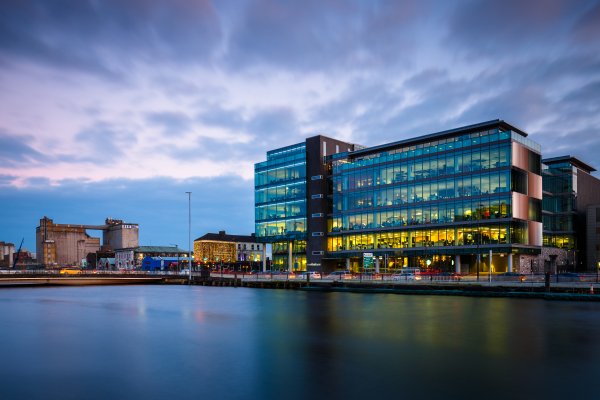

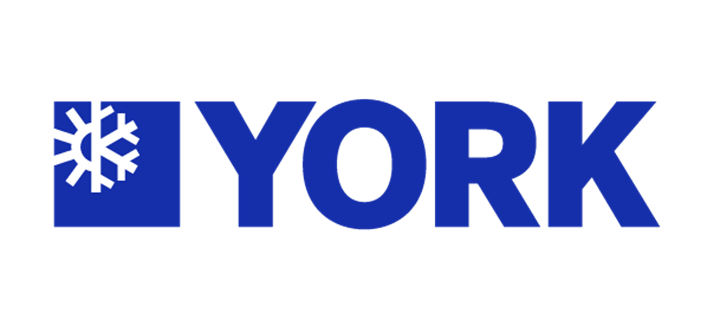




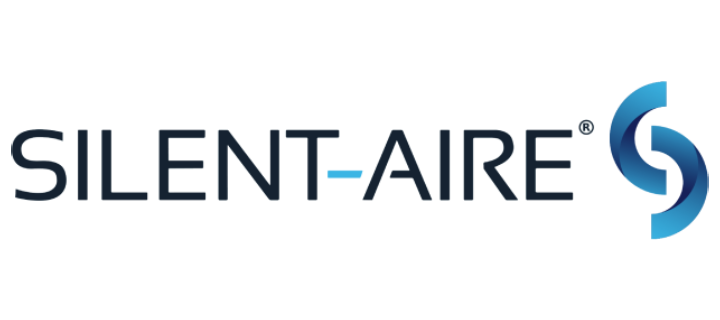
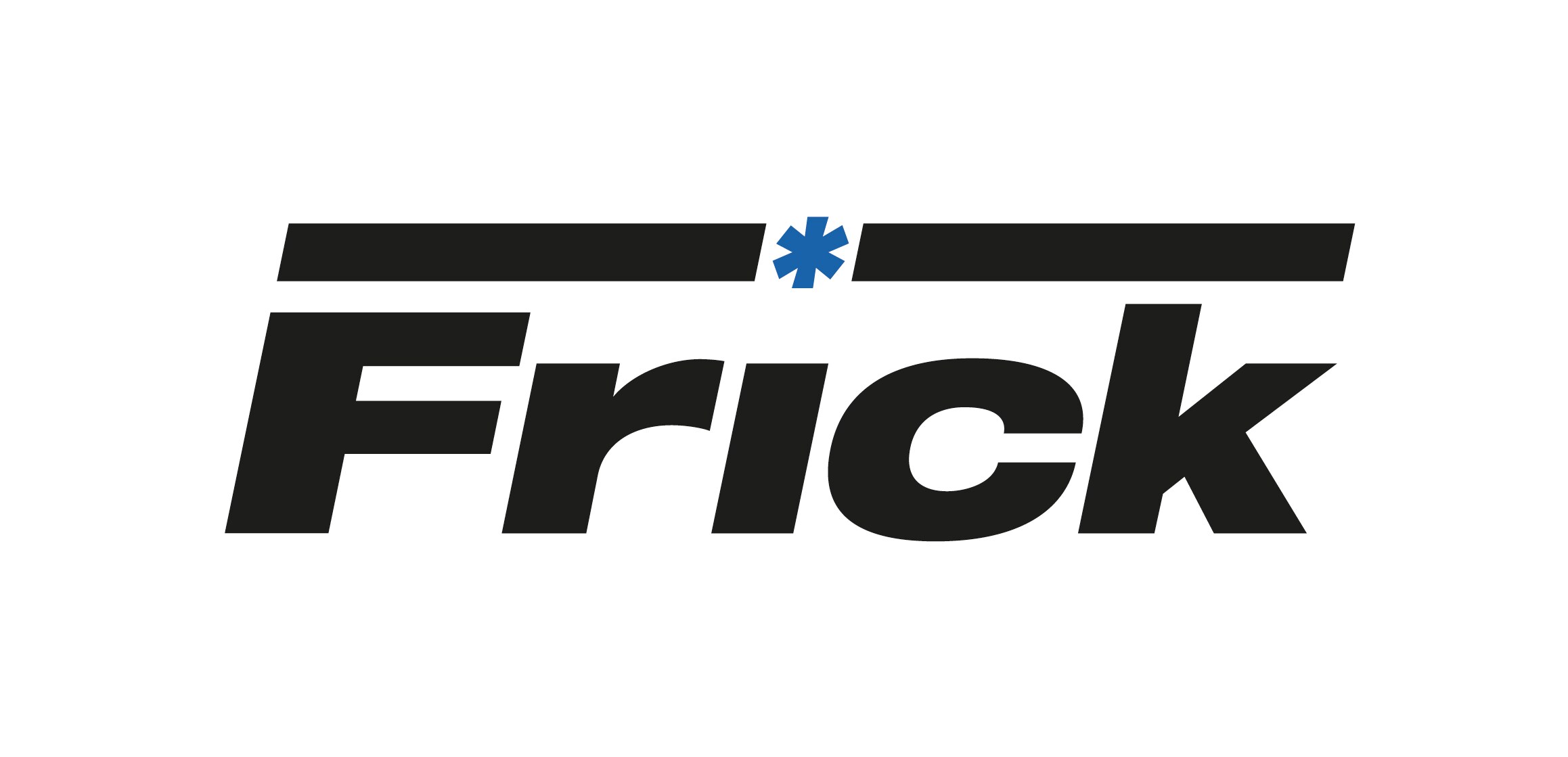

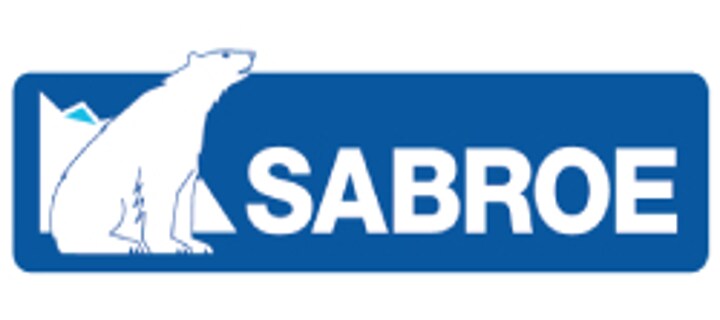

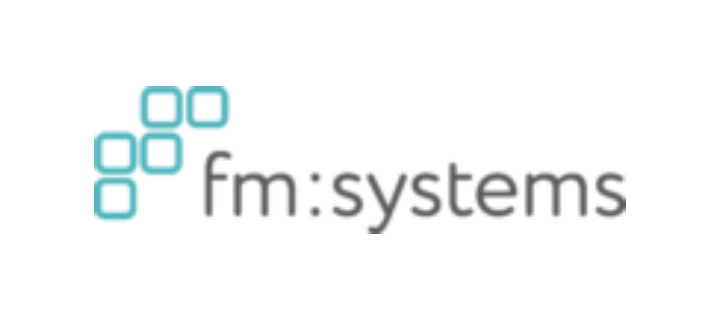



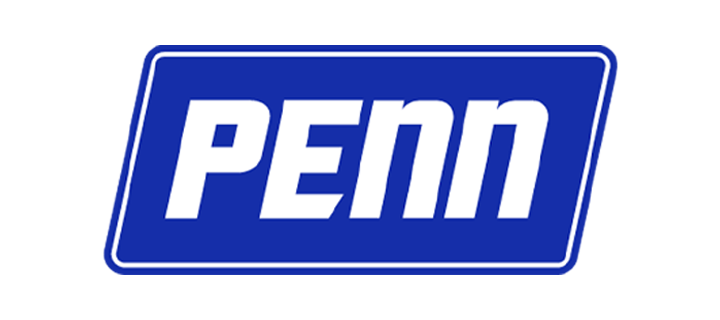

.jpg?la=en&h=320&w=720&hash=244C75B74F0F77521D56164450973BCD)
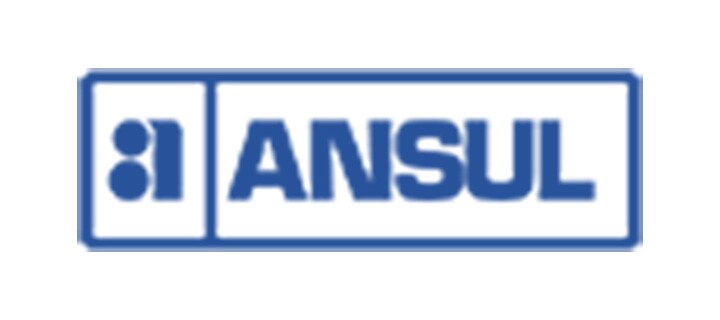
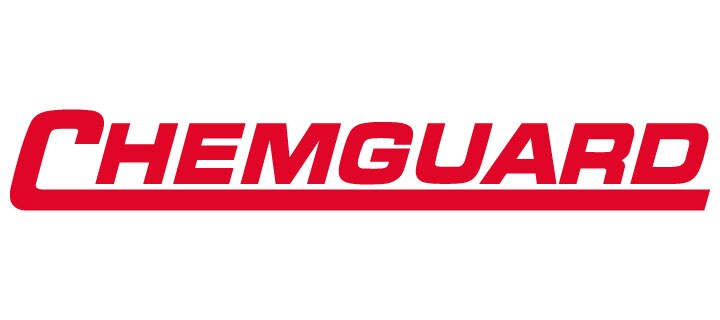
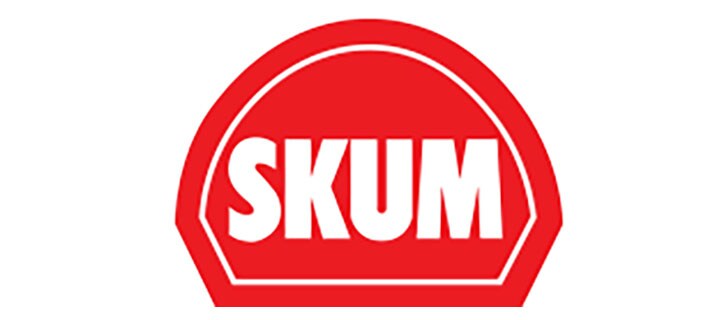



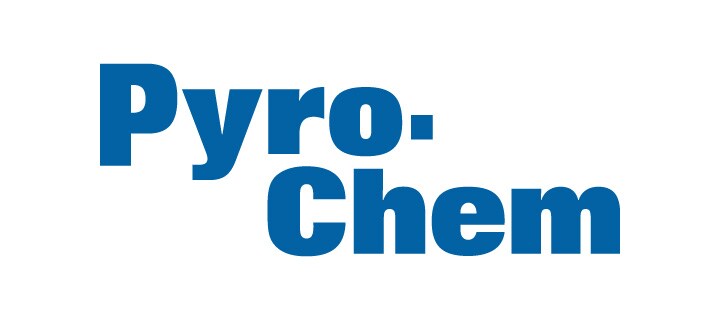
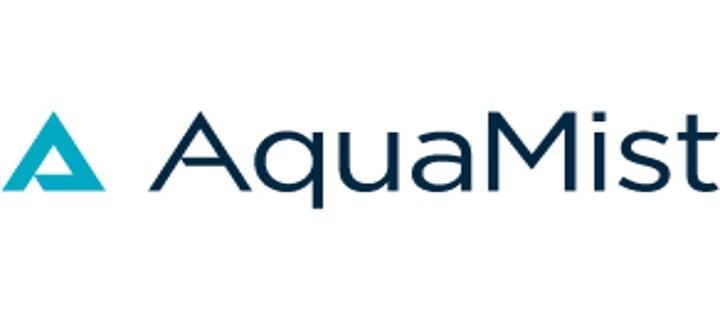






.jpg?la=en&h=310&w=720&hash=8D9823F26AA80B2B75C3E4B2E61770DC)

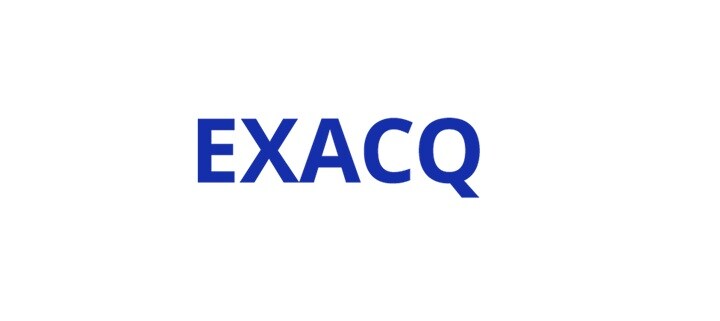
.jpg?la=en&h=320&w=719&hash=13CA7E4AA3E453809B6726B561F2F4DD)
.jpg?la=en&h=306&w=720&hash=F21A7CD3C49EFBF4D41F00691D09AEAC)

.png?la=en&h=320&w=720&hash=18CFCCD916C92D922F600511FABD775D)


